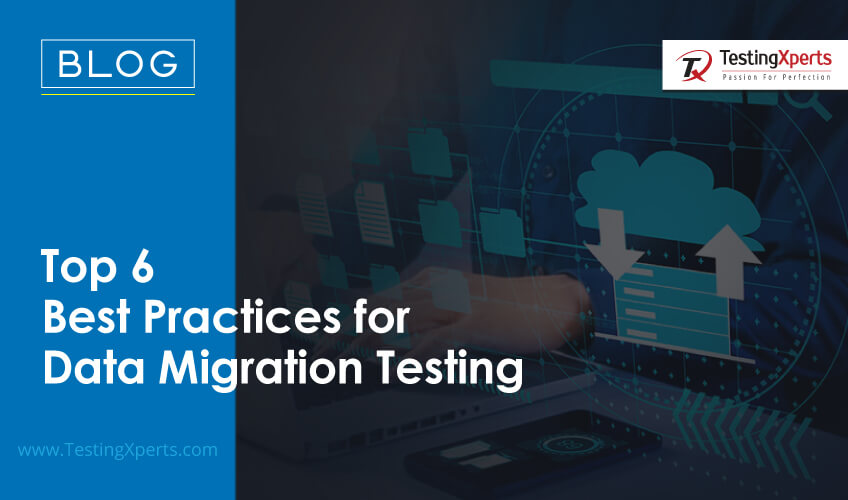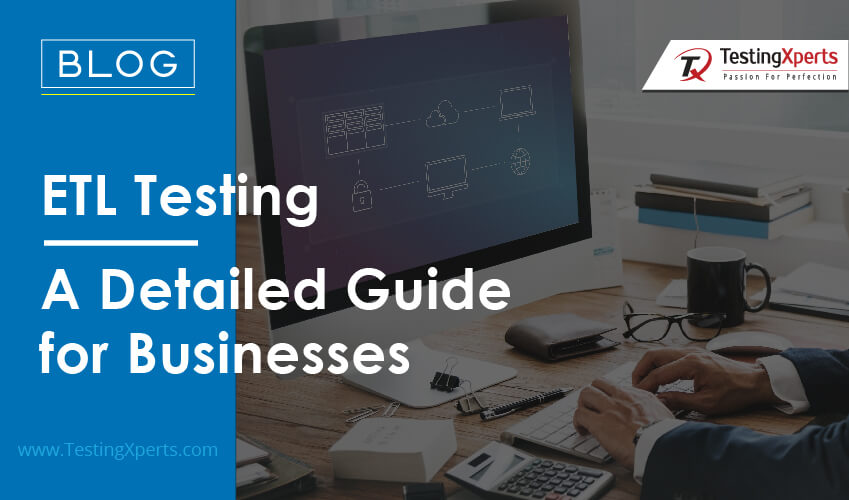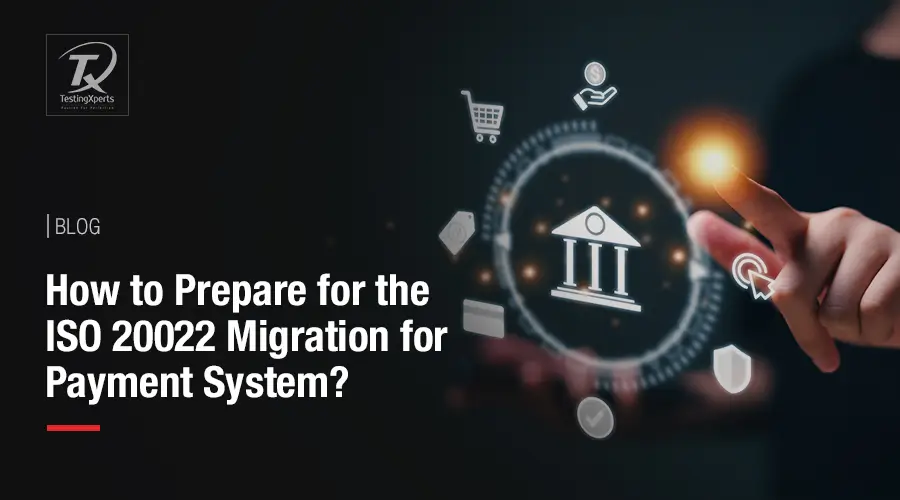
- The Legacy Systems
- Data Standardization and Format Differences
- Why Partner with Tx to Overcome ISO 20022 Migration Challenges?
- Summary
By 2026, the global payment market will probably exceed the $3 trillion mark. The banking sector will benefit from the transition as payments hold around 40% of market profits and are a critical factor in customer retention. However, to enjoy the full benefits of this growth, they must cross a most important hurdle, i.e., migrating to ISO 20022 standard, a global standard published by the International Standards Organization for electronic data exchange between financial institutions. Even SWIFT announced that the organizations that had not yet initiated ISO 20022 migration must move to this new guideline by November 2025.
However, there is still uncertainty within the payment and banking industry about the readiness of the infrastructure to meet the deadline for the switch from MT to MX messaging. The sector is concerned about the impact of this transformation on applications, users, infrastructure, processes, customer success, fraud prevention, product management, and business development. The key aspect of this transition, MX messages, will use XML for improved interoperability and data protection across payment systems. The MX version will be more detailed and secure than legacy MT messages. The major benefits include:
- Detailed information (sender, receiver, transaction, date, time, remaining balance, etc.)
- Optimized operational efficiency
- Flexible payment flow
- Enhanced STP
- Reduction in errors and cost
- Easy Access to the international market
For banks, ISO 20022 is a great opportunity to modernize their financial processes, but it also comes with an ultimatum and overheads. Let’s look at some of the major roadblocks in the ISO 20022 migration process for the banking and payment sector.
The Legacy Systems
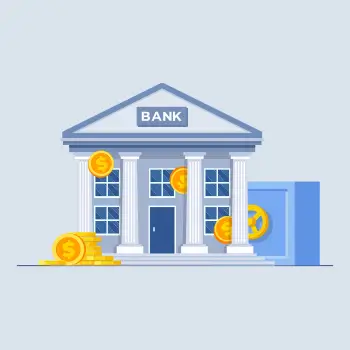
Many banks are still relying on legacy systems to manage transactions and other banking processes. These systems were never meant to support modern, data-rich formats like ISO 20022 MX messages. The language and technology legacy systems use are incompatible with the new standard, and the message formats are also precise and strict compared to the legacy ISO 15022 standards (BACS, ACH, CHIPS, and CPA005). As the old systems follow the MT message format, they lack the scalability and flexibility to process new MX message types.
In this situation, the banks have two choices:
- Either they upgrade their IT and tech infrastructure
- Integrate additional components into their existing systems to support Mx messages
Both options have operational and financial risks, especially if the transformation/migration process causes service disruptions. However, banks can avoid these risks by partnering with reliable BFSI testing experts who can simplify the handling of different protocols, payment flows, schemes, and software solutions involved during the ISO 20022 migration process.
Data Standardization and Format Differences
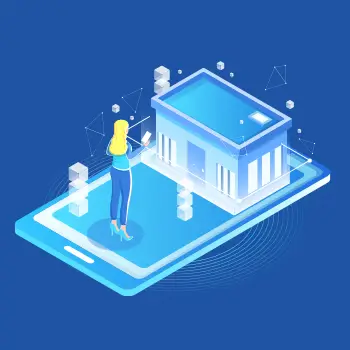
Format differences and data standardization challenges can arise as legacy systems need to be updated or replaced, which can be expensive. ISO 20022 MX messages can be hundreds of times longer than MT messages. The MT format also contains repetitive data that can sometimes confuse end-users. Also, the complexities of new data structures and message formats can be overwhelming as it will need a large volume of test data.
Banks and other financial institutes must redefine their data management infrastructure to handle the enriched data. They need to understand and agree on consistently interpreting the ISO 20022 standard. Banks should also plan their migration strategy carefully, considering the deadlines for ISO 20022 adoption for cross-border payments. For banking and payment services providers using legacy technology, they should also implement a new translation system to migrate to IS0 20022.
Data Truncation Challenge
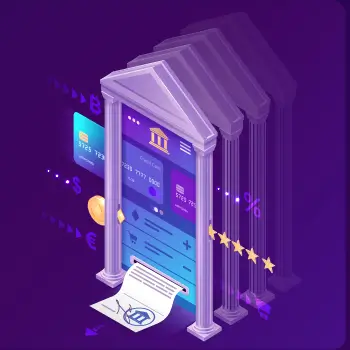
When a bank that supports the MX messages format forwards the transaction details message to the bank still using the MT messages at the receiving end, they will face the data truncation issue. This results the bank at the receiving end will lose substantial customer details, causing inconsistencies in the reconciliation process for payment messages. It will also hinder the automation process for financial institutions.
Banks that have already upgraded to ISO 20022 should request that their clients refrain from populating data elements until after the target date. The banking and payment businesses require an effective migration solution to manage data truncation and a pathway to re-attach truncated incoming data to outbound messages in real-time.
Intricate Deployment Workflow

The emergence of ISO 20022 introduced more than 1000 message definitions and 750 new business components across various messaging categories like securities, foreign exchange, payments, trade services, and more. It further introduces a deep learning curve for banks and payment businesses still working with legacy messaging formats like MT. They will need significant training and technological investments to understand the new components and ensure smooth deployment within the existing workflow. Careful planning and execution are necessary as the sheer volume of new messaging protocols and data points will further complicate integration.
Regulatory and Compliance Reporting
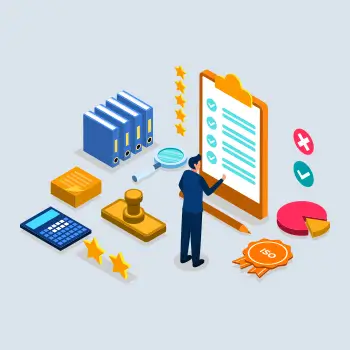
As migrating to ISO 20022 and MX messages format become mandatory, banks and other finance institutes face challenges in meeting regulatory reporting frameworks like FinCEN CTR (currency transaction report) in the USA or FINTRAC (Financial Transactions and Reports Analysis Centre of Canada) in Canada. The financial institutions have to report large currency or cross-border transactions, which include detailed payment data. MX messages provide richer data, which must be processed correctly to meet AML and KYC regulatory requirements.
The migration process might cause missing/incomplete data errors to hamper transaction processing and cause compliance reporting risks. Banks must create and implement new processes to tackle such issues and ensure regulatory compliance throughout the migration process.
Complex Testing Process
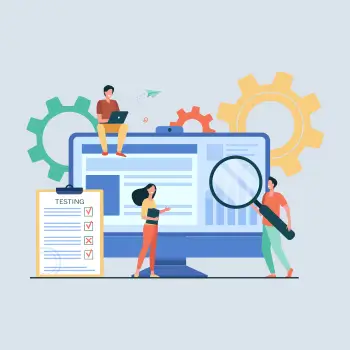
Considering the ISO 20022 complexities, banks need to conduct extensive testing. They should thoroughly test and analyze how MX messages are processed internally and exchange data with external sources. The testing process will cover both domestic and complex cross-border transactions. Banks must assign dedicated resources for rigorous testing to ensure the MX messages processing is accurate internally and externally. Also, the last deadline set by SWIFT for a complete migration to ISO 20022 in cash and cross-border reporting is November 2025, which makes it of utmost importance for banks to initiate their testing process.
Why Partner with Tx to Overcome ISO 20022 Migration Challenges?

ISO 20022 may be a new compliance initiative to improve transaction processing, but banks can seize this opportunity to bring innovation within their payment infrastructure. Considering the challenges that might arise during the whole migration process, one should partner with a reliable digital assurance and quality engineering expert like TestingXperts (Tx). We have a team of BFSI experts with deep knowledge of MX and MT message formats. Our QA experts can assist with the ISO 20022 migration process by offering tailored QA solutions to facilitate the ISO transition process. Our Services offering include:
Regulatory & Compliance Testing:
We ensure your systems meet all domestic and international regulatory requirements by testing against compliance standards, reducing non-compliance risks during the ISO migration.
Functional and Non-Functional Testing:
Our experts validate your payment systems’ core functionality and performance to ensure seamless and efficient working even under high transaction loads.
User Acceptance Testing (UAT):
We conduct UAT to ensure your system aligns with end-user requirements and expectations and offers a smooth transition to ISO 20022.
In-house Accelerators:
Our in-house accelerators and frameworks, such as Tx-Automate, Tx-HyperAutomate, Tx-Secure, Tx-ReUseKit, Tx-SmarTest, etc., ensure a smooth transition by speeding up the QA process. This ensures a quick, cost-effective, and reliable transition without degrading quality.
Summary
ISO 20022 migration presents significant challenges for banks and payment providers, including legacy system limitations, data standardization, and compliance complexities. Legacy systems, built on outdated messaging formats like MT, struggle to support ISO 20022’s modern MX message types, which are more secure and data rich. The complexities of handling new data formats, preventing data truncation, and ensuring regulatory compliance further complicate the migration process.
Extensive testing and seamless integration are essential to avoid disruptions. Partnering with a digital assurance expert like TestingXperts (Tx) can simplify the transition. Tx offers tailored solutions, including regulatory and compliance testing, functional and non-functional testing, user acceptance testing, and in-house accelerators, ensuring a smooth, cost-effective migration to ISO 20022. To know how Tx can help, contact our experts now.

